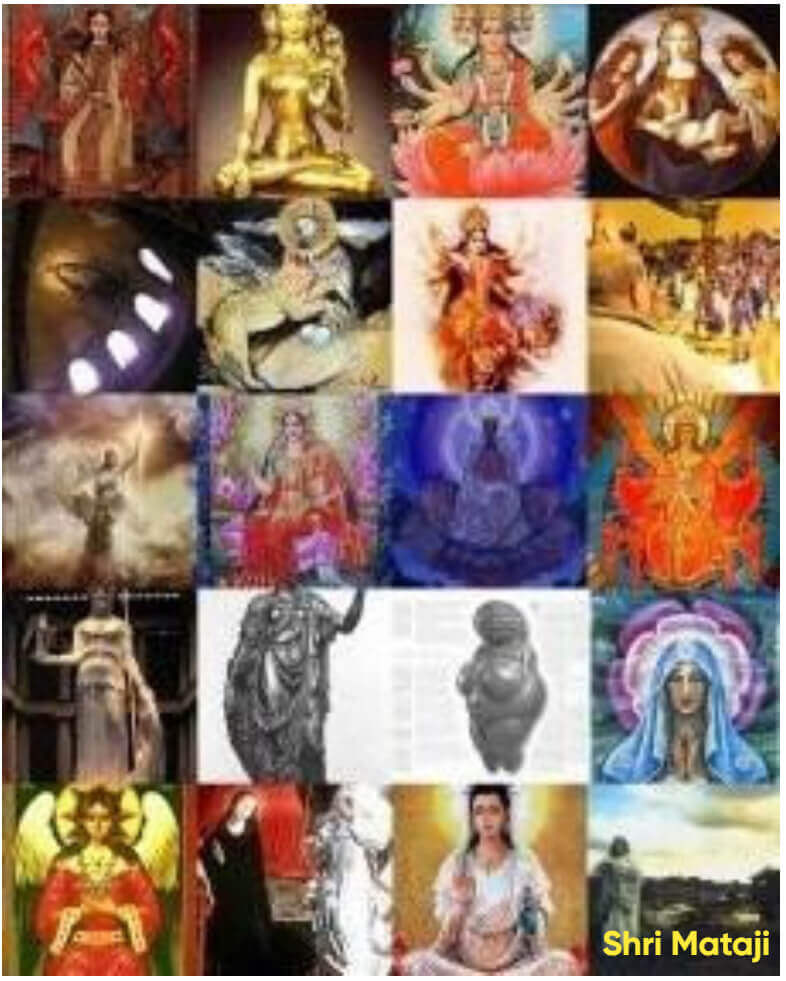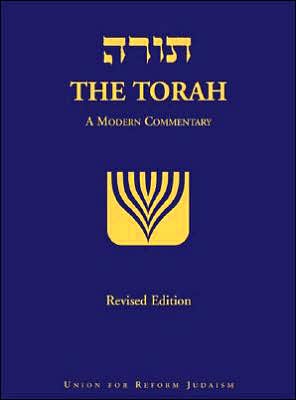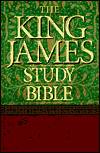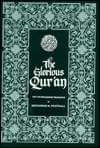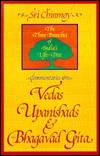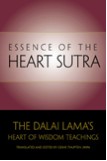Abstract
This paper examines the transcendent experiences of three children—Kash, Arwinder, and Lalita—who independently described witnessing a brilliant, cool, shadowless Light above the Divine Mother, Shri Mataji Nirmala Devi, in the subtle realm of Spirit. Using a hermeneutic and comparative theological framework, the study argues that these descriptions correspond to the metaphysical Light revealed across major scriptures: the self-illuminating ground of being that is simultaneously transcendent and immanent.
1. Introduction: The Universality of the Divine Light
The motif of Light as the ultimate expression of divinity is among the most persistent cross-cultural spiritual symbols. From Vedic declarations that "Jyotir Brahman" (Light is Brahman) to Christ's words, "I am the Light of the world" (John 8:12), and the Qur'an's parable, "Allah is the Light of the heavens and the earth" (24:35), Light functions as the metaphysical manifestation of Divine Presence.
The visionary experiences of Kash, Arwinder, and Lalita—three independent yet mutually corroborating accounts of a luminous sphere above the Divine Mother—should therefore be read within this long-standing tradition of illumination. Their testimonies exhibit internal consistency and cross-validation that make them significant for comparative spiritual scholarship.
2. Description of the Phenomenon: The Children's Testimonies
From the earliest days after Self-Realization, Kash reported standing on a boundless field of clouds and beholding an extraordinarily bright Light above the form of the Divine Mother, Shri Mataji Nirmala Devi. He described it as "a brilliant globe, brighter than many suns, yet emitting no heat and casting no shadows." The Light was stationary—positioned roughly at a forty-five-degree angle behind Her—and illuminated the subtle realm in exquisite detail.
Lalita, at age eight, independently counted lights in her room and added "the Light above Shri Mataji in her Sahasrara," describing it as cool, very bright but not blinding, and distinctly "yellow." Arwinder likewise described the Light as "white, white-yellow."
The three accounts show congruent phenomenology: intense luminosity; coolness rather than heat; absence of shadows; and an unchanging position above the Divine Mother's head.
3. Theological Analysis: The Self-Illuminated Reality
The Sikh term Shaibhang ("Self-Illumined") captures the metaphysical core of these visions: the Light is not an effect illuminated by another source but is itself the self-revealing Source. Kash's eventual recognition that the Light could not be the material sun aligns with Shaibhang—a presence that is ontologically prior to cosmic phenomena.
This understanding harmonizes with major scriptural claims: the Brihadaranyaka Upanishad locates the Self as the ultimate illuminator; 1 John 1:5 declares "God is Light"; the Qur'an's Ayat an-Nur furnishes the archetype of divine luminosity; and Mahayana and later Buddhist texts describe an "eternal light" associated with awakened nature.
4. Comparative Phenomenology: Properties of the Divine Light
The children's testimonies point to a set of recurring features that mark the Light as metaphysical rather than physical:
- Stationarity — it does not rise or set, indicating a reality beyond temporal flux.
- Coolness — the rays are experienced as soothing, signifying spiritual purity and compassion rather than thermal energy.
- Absence of Shadows — a symbolic expression of non-duality; where divine illumination fully pervades, the polarity of light and dark dissolves.
- Perpetual Presence — the Light remains above the Divine Mother, indicating an eternal union of Consciousness and Energy (Shiva-Shakti).
- Clarity of Vision — the Light reveals subtle detail (e.g., skin tones, garments), suggesting an epistemic quality: it illumines cognitive perception itself.
Collectively, these traits correspond to categories used by mystics across traditions: the Uncreated Light of Eastern Christianity (Taboric Light), the Nur Muhammadi in Islamic cosmology, and the Paramjyoti or Chidakasha Jyoti in Hindu soteriology.
5. The Light and the Divine Feminine
The Light's consistent presence above Shri Mataji—here identified as the Maha-Devi—mirrors the spiritual geography of the Sahasrara (crown center), where union with the Absolute is symbolized. In Tantric and Yogic idioms, the Sahasrara is the locus of the final beatitude when Kundalini unites with the transcendent. The Light's "cool rays" correspond to descriptions of the Cool Breeze of the Spirit given by Shri Mataji and other modern witnesses to kundalini awakening.
Therefore, the Light above the Divine Mother is both a personal theophany and a universal indicator: it represents the interiorization of divine grace—immanence—anchored in a transcendent source.
6. Scriptural Convergence: The Light as the Ultimate Reality
The convergence of Light-imagery across scriptures is striking and theologically meaningful. Representative attestations include:
- Bhagavad Gita (15:12) — the cosmic light that sustains the world is the Divine's Light.
- Qur'an (24:35; 57:28) — God is the Light of the heavens and the earth; believers walk in a Light from their Lord.
- New Testament (John 8:12; 1 John 1:5; Matthew 17:2) — Christ as Light; the Transfiguration as luminous revelation.
- Sri Guru Granth Sahib (Mool Mantra) — the term Saibhang/Shaibhang affirms the self-illuminating reality of the Divine.
Each textual tradition indicates that Light is not metaphor alone but functions as an ontological predicate of the Divine: the Divine both is and manifests as Light.
7. Conclusion: Toward a Universal Theology of Light
The convergent testimonies of Kash, Arwinder, and Lalita, when interpreted through scriptural and phenomenological lenses, present compelling evidence for a universal spiritual reality: God is Light. Their experiences corroborate a perennial insight recorded across the world's traditions: the Divine Light is self-existent, non-dual, and the immediate ground of knowledge and being.
That the Light emits no heat, casts no shadow, and always appears with cool radiance indicates an existence beyond physical parameters and moral dualities. The revelation confirms the claim that the Kingdom of God is within, and that the Self-Illuminated Reality (Shaibhang) is accessible to purified consciousness.
References
- Sri Guru Granth Sahib, Mool Mantra: "Ik Onkar Satnam Karta Purakh Nirbhau Nirvair Akaal Moorat Ajooni Saibhang."
- The Holy Qur'an, Surah An-Nur (24:35); Surah Al-Hadid (57:28).
- The Holy Bible, John 8:12; 1 John 1:5; Matthew 17:2.
- Brihadaranyaka Upanishad, selected passages on the Self as illuminator.
- Bhagavad Gita, 15:12.
- Mahaparinirvana Sutra, passages on Eternal Light.
- Collected talks and writings attributed to Shri Mataji Nirmala Devi on the Sahasrara and the Cool Breeze.


